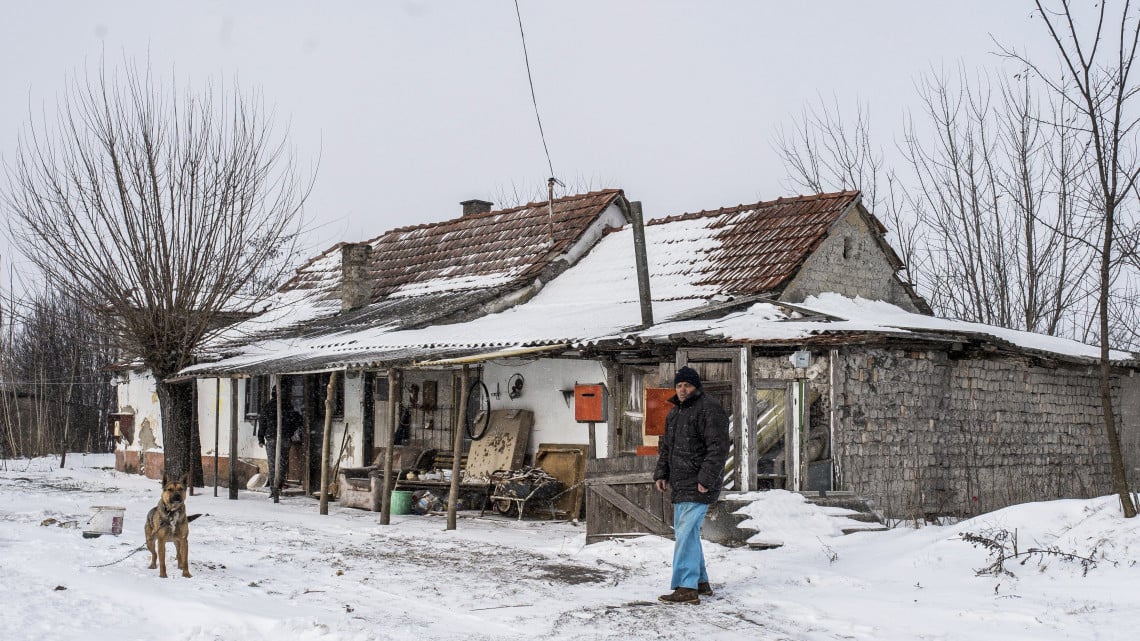
The European Commission has approved, under European Union state aid rules, Hungary’s map for granting regional aid from 1 January 2022 to 31 December 2027. According to this, 82 percent of the country’s total population appears to live in some of the most disadvantaged regions of the EU.
The Hungarian regional aid map is among the first maps approved by the Commission within the framework of the revised Regional aid Guidelines (“RAG”).
Hungary’s regional aid map defines the Hungarian regions eligible for investment aid based on how disadvantaged those areas are, and establishes maximum aid intensities for parts of the country which are eligible.
According to this, 82.09 percent of the country’s total population appears to live in some of the most disadvantaged regions of the European Union. These are all areas with a GDP per capita below 75 percent of the EU average.
The revised RAG, adopted by the Commission on 19 April 2021 and set to enter force on 1 January 2022, enables Member States to support less fortunate European regions in catching up and to reduce disparities in terms of economic well-being, income, and unemployment – cohesion objectives that are at the heart of the Union.
The maximum aid intensity for large enterprises depends on the GDP per capita of the regions concerned. Large enterprises in Pest, southern Transdanubia, Northern Hungary and the Northern Great Plains will be eligible for a maximum aid intensity of 50%; In the slightly more developed regions of Central Transdanubia and Western Transdanubia, the rate will be 30%.
In these areas, the maximum aid intensities can be increased by 10 percent for investments made by medium-sized enterprises and by 20 percent for investments made by small enterprises, for their initial investments with eligible costs up to 50 million euros.”
Featured photo illustration by Sándor Ujvári/MTI